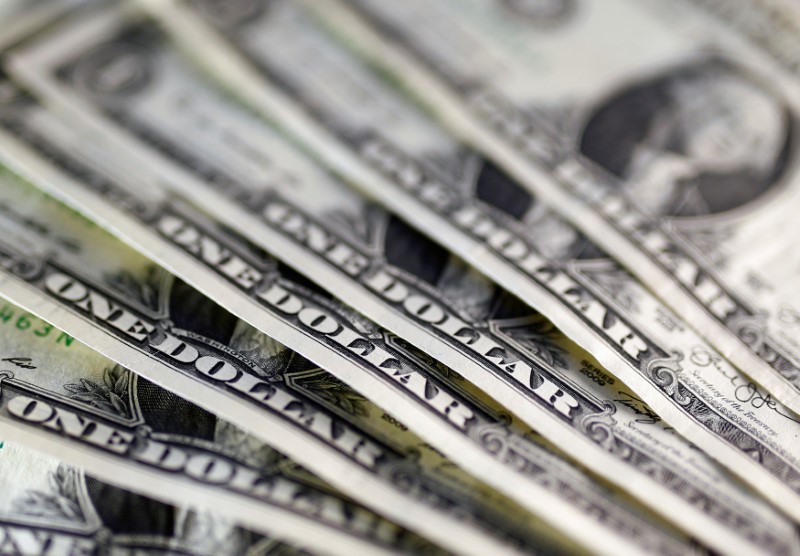
Investing.com– Most Asian currencies declined on Friday, while the dollar reached an over one-week high as hotter-than-expected U.S. inflation figures heightened concerns of any hawkish indications from a Federal Reserve meeting next week.
Markets were also nervous ahead of central bank gatherings in Japan and Australia next week, which are anticipated to potentially provide more hawkish signals to currency markets.
Dollar at over 1-week high as stubborn inflation puts Fed in focus
The and increased 0.1% each in Asian trade, comfortably resting above the 103 level after figures proved stronger than anticipated for February.
The data followed robust figures released earlier this week, which also displayed inflation moving further away from the Federal Reserve’s 2% annual target.
The heightened inflation readings arrived just prior to a next week, where the central bank is largely expected to maintain interest rates at current levels.
However, the Fed could potentially adopt a more hawkish stance on rates now, as it has consistently indicated that any rate adjustments in 2024 will be heavily influenced by the trajectory of inflation.
Traders were observed adjusting their expectations for an interest rate decrease in June and elevating expectations for a hold, according to the tool.
The prospect of sustained higher interest rates weighed on various Asian currencies.
Yen stabilizes with BOJ pivot in focus
The experienced minimal movement on Friday and was on track to decline by 0.8% this week amid growing speculation surrounding an upcoming next week.
The central bank is widely anticipated to phase out its negative interest rate and yield curve control policies in the coming months, with analysts divided on whether a decision will be reached in March or April.
The BOJ could potentially raise interest rates for the first time in almost 17 years next week, particularly as Japanese inflation remained persistent in February, while recent negotiations over Japanese wages indicated substantial increases in 2024. Both factors are pivotal considerations for the BOJ in tightening policy.
Among other Asian currencies, the declined by 0.2%, with the expected to uphold its hawkish stance next week.
The dropped by 0.1% as the People’s Bank of China maintained its medium-term lending rates unchanged, signaling no alterations to its next week. However, weak figures suggested ongoing pressure on the Chinese economy.
The slipped by 0.5%, facing pressure from a stronger U.S. dollar, while the fell by 0.1%.
The continued to recover from significant losses on Thursday and was trading at 82.9 against the dollar in morning trade.



